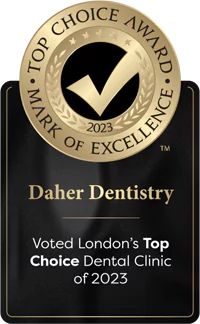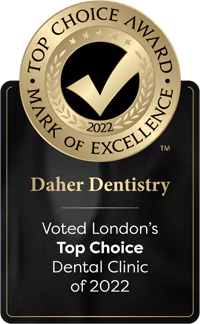All About Dental Bridges & Partial Dentures: Choose the Best for You!
Replacing a missing tooth is a higher priority than you most likely think. If you don’t have the tooth supplanted, the repercussions reach out a long way past style alone. Your missing teeth might move over the long run, your bite might become skewed, and crowding can influence your confidence and certainty while talking or smiling.The primary benefits of the same-day CEREC are time savings and ease of use. But many other benefits have made this process extremely popular. However, there are certain disadvantages to take into consideration.
While replacing a missing tooth with a dental device, two available choices don’t require the utilization of dental implant: a dental bridge or partial dentures. Each enjoys its particular benefits, and a denturist can assist you with figuring out which is the best answer for you. However, before you head to your denture clinic, it helps to see a portion of the contrasts between the two.
Dental Bridge:
A dental bridge, otherwise called a partial or fixed partial dental replacement, is a false tooth held between two sound teeth utilizing crowns. Consequently, bridges must be used when solid teeth are on one or the other side of a gap in order to offer any help.
Bridges are a long-lasting tooth substitution treatment and are fortified or established into place. They might be produced using metal amalgams, porcelain, zirconia, or gold. A dental bridge can be utilized to supplant a whole part of multiple missing teeth (e.g., the four front teeth). For everything to fall into place, each space coming about because of missing teeth needs to have good teeth on either side.
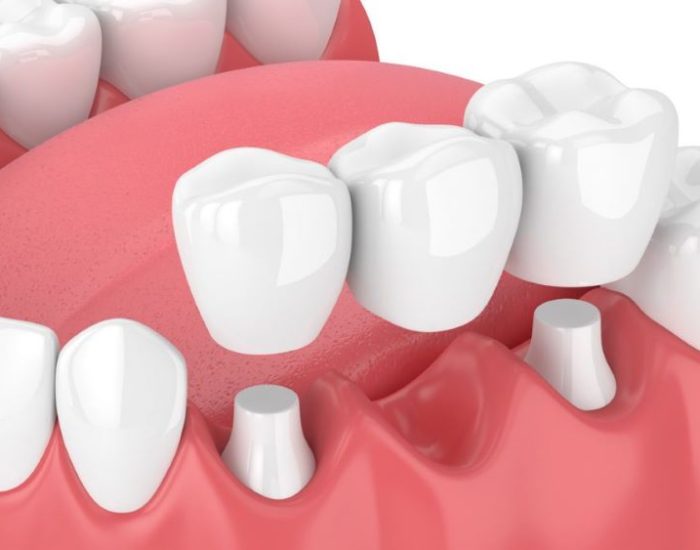
A bridge is a long-term treatment intended to last for some time. The average life of a dental bridge ranges somewhere between 10 and 20 years. It is the ideal choice for individuals who like more solace and don’t need to eliminate their false teeth consistently for cleaning. Notwithstanding, denture bridges must be utilized by patients with outstanding teeth that are sound and in excellent condition.
It is one justification for why their utilization is to some degree restricted. Patients who have bone malformations or gum infection are by and large not a proper candidate for dental replacement bridgework.
Partial Dentures:
Partial dentures, otherwise called removable incomplete false teeth, are produced using an acrylic or metal base with fake teeth joined. These excess teeth fill in the holes brought about by missing teeth.
Most partials are joined to the regular teeth with metal fastens. Partial dentures are not bound irreversibly and should be taken out for cleaning. They furnish the patient with a beneficial arrangement of teeth. They can be utilized to reestablish standard dietary patterns and assist with keeping up with appropriate tooth arrangements for the missing teeth.
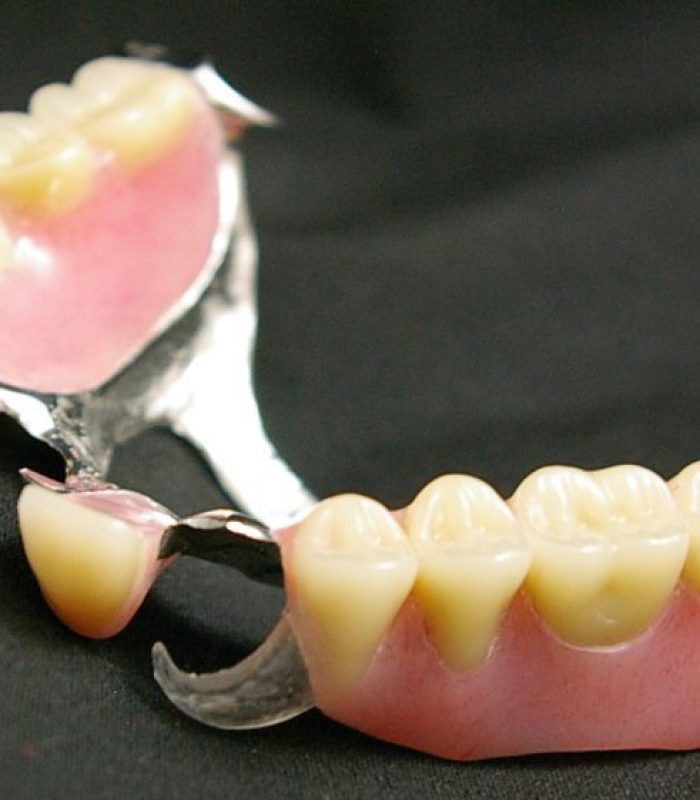
Partial dentures are a more practical way to deal with missing teeth when contrasted and a dental bridge. They are the ideal answer for patients who have numerous teeth missing. Specifically, partial dentures are more reasonable for patients with bone malformations because the base is produced using an elastic material that takes the condition of the teeth into account. Partials are the favored tooth replacement choice for patients who like to remove their dentures before sleeping, making it more straightforward to keep the regular leftover teeth clean.
Since the acrylic that partials are produced with will wear out with use and because your gum tissue and bone change with time, they have a much more limited life than dental bridges, and should be supplanted all the more frequently. The average life expectancy of a partial denture is five years.
Bridge versus Partial:
Which one is appropriate for me?
While the response to this question relies upon your unique circumstances and the proposal of your dentist, there are indeed upsides and downsides related to every choice.
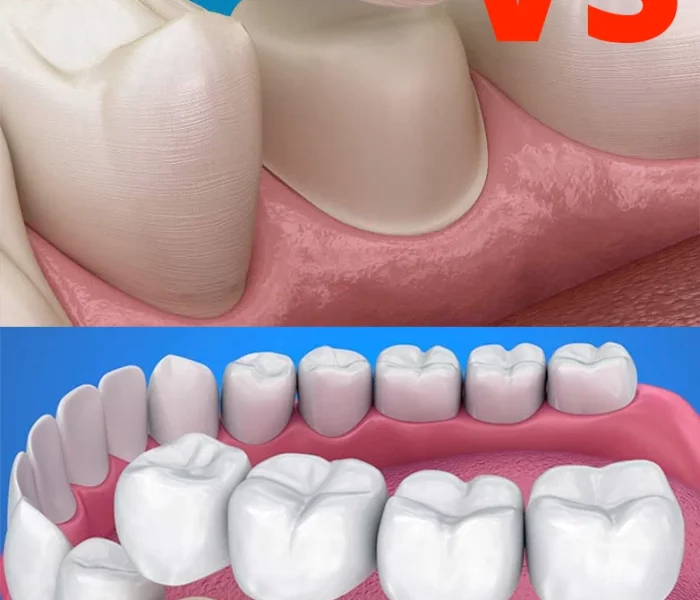
Partial Denture versus Bridge Cost:
Regarding supplanting missing teeth, the cost difference between partial denture and dental bridge is significant and an essential thought for some patients. Dental bridges often cost more than partial dentures to a great extent since there is more associated with making them. The average expense for a 3-unit dental bridge to supplant one missing tooth goes from $2,500 to $5,000, contingent upon your Denture Clinic, the intricacy of the case, and the material that the extension is made of. Supplanting more than one missing tooth with a dental bridge will expand the expense by about $800 to $1,000 per extra unit.
While partial dentures won’t ever offer the entirety of the solace and permeance of a dental bridge, they are unquestionably versatile to a wide range of circumstances and tooth designs. Numerous patients feel that they get more value for their money with partial dentures. In contrast to an average dental bridge, which replaces a couple of missing teeth, most removable partial dentures can replace every one of the missing teeth on a solitary curve. Partial dentures have a normal value scope of $600 to $3,000, contingent upon the structure of the denture and the material that it is produced using.
Dental professionals utilize this method of cleaning to keep gum disease from developing. During cleaning, dental hygienists eliminate the colonies of plaque and tartar both above and below the gum line. They will also remove staining on your teeth and improve the breadth of your patients.
Your Source for Tooth Replacement Solutions:
Do you have inquiries concerning supplanting a missing tooth? Book a free consultation with the denture clinic today to determine which choices will turn out best for you. Denture Clinic is a finished denturist administration and gives various dental replacement benefits and advanced tooth substitution choices, including removable dentures, dental bridges, dental implants, complete false teeth, partial dentures, and adaptable incomplete false teeth. Try not to put off reestablishing your grin and certainty. Book your appointment today!
Frequently Asked Questions
Dental bridges can last from 5 to 15 years and, surprisingly, longer. With excellent oral cleanliness and routine exams, it is typical for the life expectancy of a fixed bridge to be more than ten years.
Assuming you are just missing a couple of teeth, a bridge might be a good choice for you. Partial dentures will often be more affordable and are typically liked when you have lost more than a few teeth. If you are in danger of more tooth loss, you might need to pick a partial denture since it’s a less expensive option.
A dental bridge is a “drifting” prosthetic tooth connected with two dental crowns on either side. Since there’s a space under the prosthetic tooth, it’s simple for food to get caught under or around it. It’s essential to get standard exams to ensure your dental bridge is fitting perfectly.
After getting dental implants, patients may take a while to get used to them. In the beginning, they might feel slight soreness, pain, or discomfort in the affected areas However, these are temporary side effects and generally go away on their own or with the use of antibiotics.







